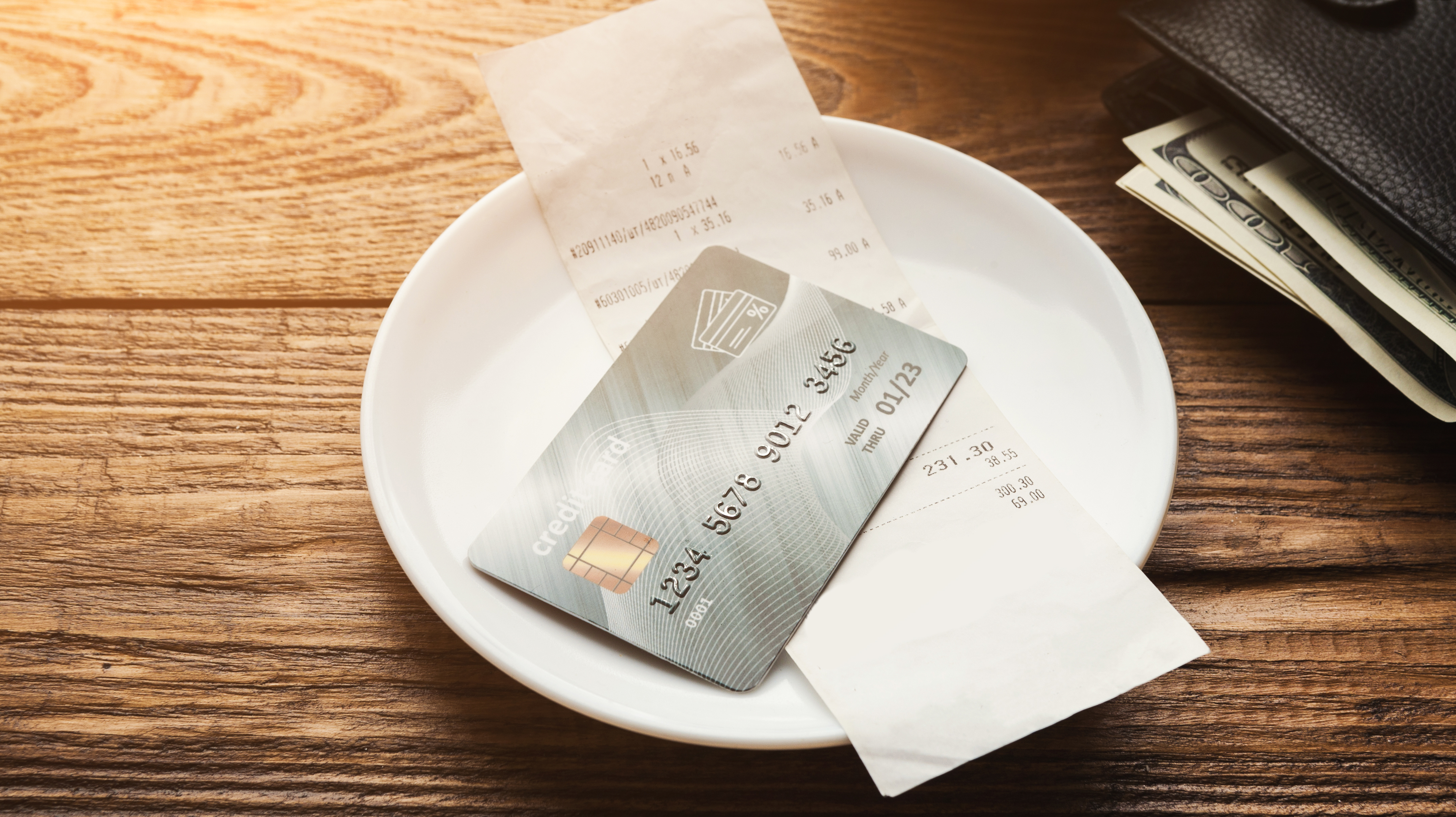Restaurants Are Getting More Expensive—and It's Not Because Of The Food
Did you get a bit of sticker shock when the bill came for your last restaurant meal? If so, you're not alone. USA Today reports that according to a new study by the U.S. Department Of Labor, "Prices at full-service restaurants—eateries with waitstaff, unlike fast-food joints—are on the rise," up 2.7 percent in January compared to the year before. (The inflation rate is 1.6 percent, USA Today points out.) Rising prices come despite the fact that food costs are not rising. Instead, it's overhead costs like labor, rent, and insurance that are more likely to be the culprits for the higher prices of restaurant meals.
Higher labor costs are tied to the low unemployment rate, requiring restaurants to offer better wages to get better qualified workers, as well as raised minimum wages in several states as of January 1. David Henkes, senior principal for Chicago-based food industry consulting firm Technomic, says "The challenge is for operators is how can far they push those prices before they get pushback." He predicts that the increased coin needed for pricey restaurant meals will send diners to more casual options like fast-food chains or food trucks.
Regardless of increased prices, most people are still likely to head out to a "nice dinner" to celebrate birthdays or anniversaries, no matter how fancy meal kits get. But those price upticks may cause some diners to pare down those outings to a less frequent schedule.
